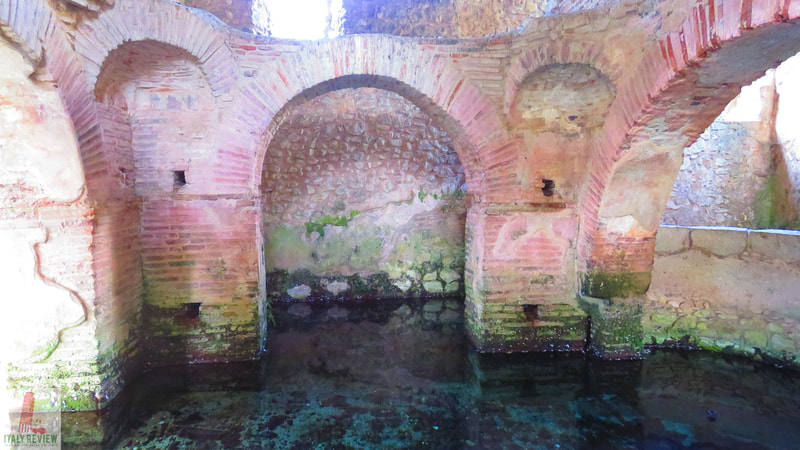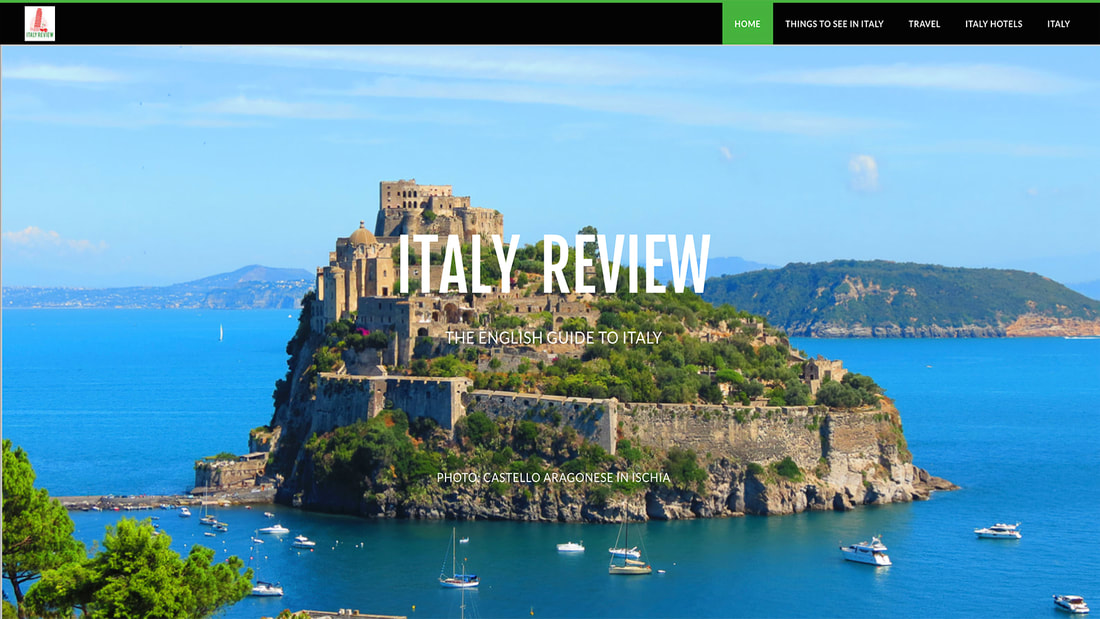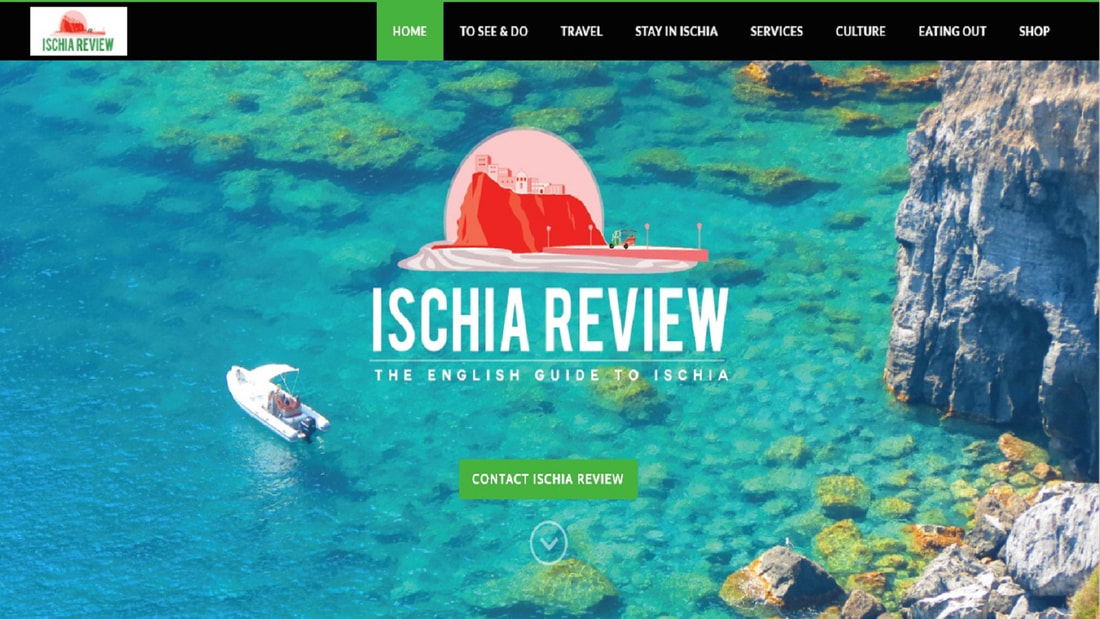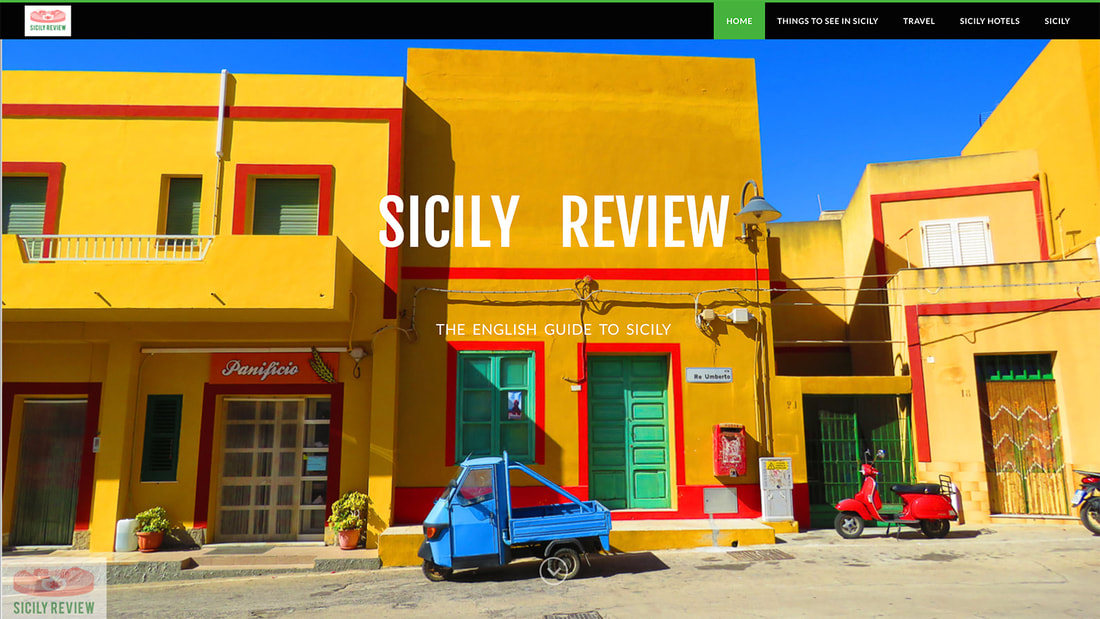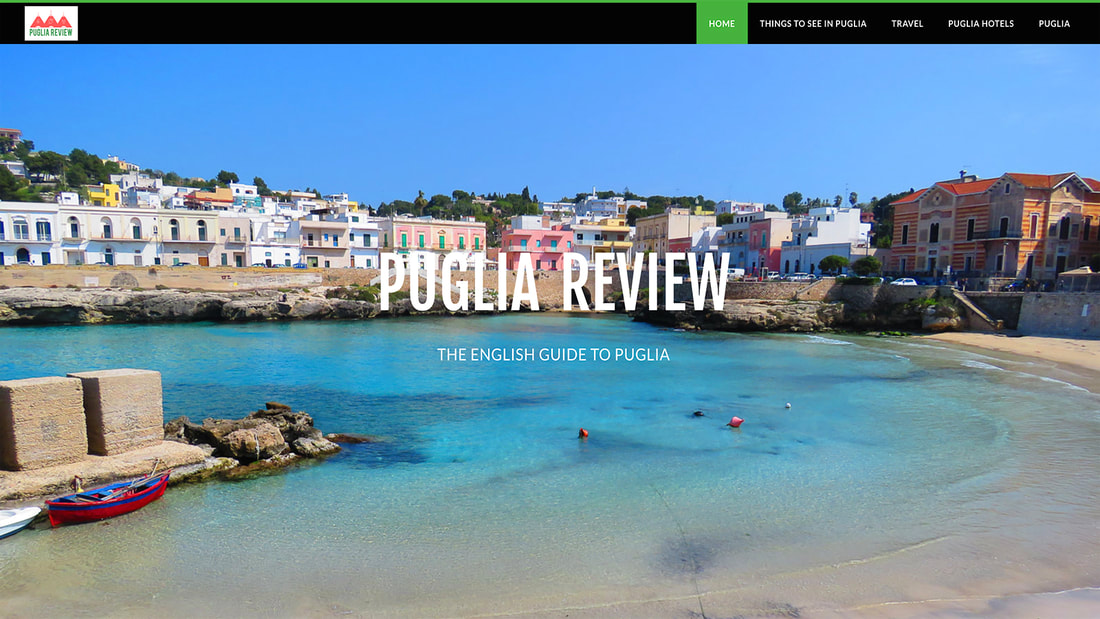Baptistery of San Giovanni in Fonte
Latest update: 29 January 2024
|
The Baptistery of San Giovanni in Fonte in Padula dates back to its consecration in the 4th century AD and is one of Southern Italy's best-preserved examples of paleochristian architecture.
It's situated a short distance outside the town of Padula in the Salerno Province of Campania, close to the regional border with Basilicata and somewhat hidden from view from the main road. |
|
Related links
This building is markedly different from the typical Italian baptisteries that are detailed elsewhere on the website; these stand-alone baptisteries tend to be either circular or polygonal in shape, with a shallow font used for the baptisms. The Baptistery of San Giovanni in Fonte of Padula however, has a pool of water running through it with the idea being that the whole body should be immersed in the water in order to properly perform the ritual.
The complex is accessed via a track just off the main road with a small car park available. When you reach the external gate of the Baptistery, you can see a key is hung next to the main sign; if the gate is locked, you can use the key to open it and you are then expected to leave it in the same place where you found it upon leaving.
Throughout the Baptistery there are signs written in Italian and English, explaining its fascinating history. One of the notices explains how some frescoes were discovered in 1960 and have since been moved to the nearby Certosa di Padula, the Padula Charterhouse which is a Carthusian monastery and forms part of the same UNESCO World Heritage listing as the archaeological site of Paestum.
The complex is accessed via a track just off the main road with a small car park available. When you reach the external gate of the Baptistery, you can see a key is hung next to the main sign; if the gate is locked, you can use the key to open it and you are then expected to leave it in the same place where you found it upon leaving.
Throughout the Baptistery there are signs written in Italian and English, explaining its fascinating history. One of the notices explains how some frescoes were discovered in 1960 and have since been moved to the nearby Certosa di Padula, the Padula Charterhouse which is a Carthusian monastery and forms part of the same UNESCO World Heritage listing as the archaeological site of Paestum.
|
Comune: Padula
Province: Salerno Region: Campania Built: 4th century AD Architectural style: Paleochristian Close by: Certosa di Padula, Paestum, Cilento Coast, Agropoli |

